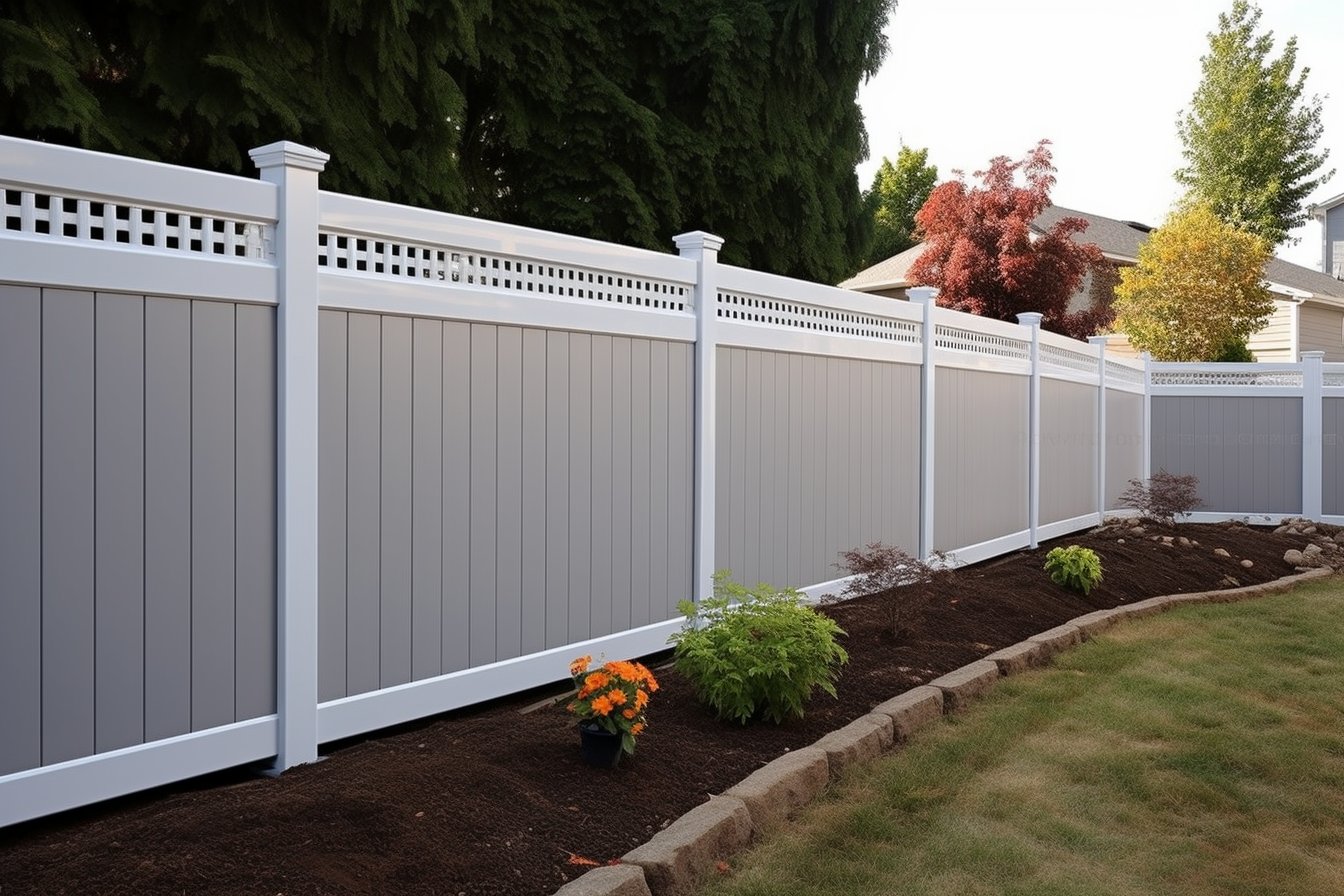Practical Gardening Services for Healthy Gardens and Lawns
A well-maintained outdoor space adds comfort, biodiversity, and visual appeal to a property. Gardening services cover a range of tasks from routine lawn maintenance to seasonal planting and hardscape adjustments. Whether you hire one-off help or ongoing support from local services, understanding typical offerings and how they complement each other helps you make informed choices for a garden that suits your site, budget, and lifestyle.

What does professional gardening include?
Professional gardening services typically cover tasks beyond simple yard cleanup, focusing on long-term plant health and landscape function. Common activities include soil testing and amendment, mulching, pruning of shrubs and trees, seasonal planting, pest and disease monitoring, and irrigation checks. Gardeners may also advise on plant selection to suit light, soil, and local climate conditions. When combining these services with periodic visits, homeowners can benefit from improved plant vigor, fewer pest issues, and an overall more resilient outdoor space.
How does landscaping shape outdoor spaces?
Landscaping integrates hardscape and softscape elements to create usable, attractive outdoor areas. Services in this category might involve designing or installing pathways, retaining walls, patios, and raised beds alongside selecting plants that provide structure and seasonal interest. A landscape approach considers drainage, sightlines, and microclimates on the property, guiding choices for plants and materials that perform well in place. Landscapers often collaborate with gardeners to ensure plantings are both practical and sustainable, balancing aesthetics with maintenance needs over time.
How to maintain a healthy garden?
Maintaining a healthy garden requires regular attention to soil, light, water, and plant nutrition. Practices such as periodic soil testing, targeted fertilization, organic mulching, and correct pruning schedules support plant growth and reduce disease vulnerability. Integrated pest management emphasizes monitoring and cultural controls before chemical measures are used. Seasonal tasks—like dividing perennials, protecting tender plants over winter, and refreshing mulch—help keep beds productive. Many gardeners recommend keeping a simple log of plantings and maintenance dates to track what works in your garden across years.
What does lawn care involve?
Lawn care involves a mix of mowing, feeding, aeration, weed control, and watering practices tailored to grass type and local climate. Proper mowing height, frequent blade sharpening, and leaving clippings where appropriate contribute to turf health. Aeration reduces compaction, allowing roots to access oxygen and water; overseeding can fill bare patches. Fertilization schedules vary by region and grass species; many services now offer organic or slow-release options. Efficient irrigation—ideally timed for early morning—reduces disease risk and water waste while supporting a denser, healthier lawn.
How to choose and care for plants?
Choosing the right plants starts with understanding site conditions—sun exposure, soil type, drainage, and local hardiness. Native or well-adapted species generally require less maintenance and support local biodiversity. When planting, consider mature size and spacing to prevent overcrowding and future pruning needs. After planting, ensure appropriate mulching, watering, and early-season monitoring for stress or pests. For container plants, use quality potting mixes and maintain regular watering and feeding schedules. A gardener or local services provider can recommend species lists that fit your aesthetic and maintenance preferences.
Conclusion
Gardening services range from targeted lawn care and plant maintenance to broader landscaping projects that reshape and optimize outdoor living areas. Selecting appropriate services depends on the size of the property, desired level of involvement, and environmental conditions. Regular, informed maintenance—grounded in soil care, correct plant choice, and routine tasks—yields more resilient gardens and reduces the need for reactive treatments. Working with experienced local services can help align design, planting, and care practices so that gardens and lawns remain healthy, functional, and enjoyable over time.






